Exploring The Resilience Of Light Gauge Steel Framing Construction In Challenging Geographies
As our planet faces increasing environmental challenges, the construction industry is pivoting towards sustainable solutions. One such path of innovation lies in eco-friendly houses built with light gauge steel frames (LGSF). Light gauge steel frame manufacturers are leading this green transformation, offering a resilient and efficient alternative for constructing sustainable infrastructure like homes and commercial buildings, even in extreme environments.
These structures not only reduce carbon footprint but also withstand harsh conditions, combining environmental consciousness with durability. Let’s explore how light gauge steel frames are revolutionizing the landscape of sustainable construction for challenging conditions.
Light Gauge Steel Frames: A Sustainable Alternative To Traditional Construction
In areas prone to extreme weather conditions, be it devastating floods, the relentless force of coastal winds, or the seismic activity of earthquake-prone regions, traditional building materials may fall short. Moreover, in certain areas, RCC construction may not be possible at all. For such situations, light gauge steel framing (LGSF) offers a reliable solution. Its inherent strength and flexibility make it more resistant to warping, cracking, and deterioration as compared to traditional construction, ensuring the structural integrity of homes and buildings in the face of adversity.
The adaptability of light gauge steel frames also contributes to the energy efficiency of eco-friendly houses. To provide efficient insulation, these structures help regulate indoor temperatures, reducing the need for excessive heating or cooling. This not only minimizes energy consumption but also translates into lower utility bills. For example, in a traditional RCC structure, an air conditioner would have to run for 8 hours on a hot day to keep it cool for a sustained period. Whereas, in an LGSF building, in the same conditions, the air conditioner would need to be run for only 4 hours due to efficient thermal insulation, thus saving energy.
As sustainability becomes a cornerstone of modern construction, architects and builders are increasingly turning to LGSF construction for innovative solutions. The versatility of this prefab construction technique allows for creative and aesthetically pleasing designs, proving that eco-friendly houses can be both environmentally conscious and architecturally appealing.
The Tata Steel Nest-In Solution
One such construction company leading the way in sustainable light gauge steel frame building is Nest-In, from the house of Tata Steel. They offer a range of construction solutions with light gauge steel framing, designed for challenging geographies. The prefabricated steel frames provide strength and durability while also being lightweight and easy to transport to the construction site.
With several completed and ongoing projects across the country in a myriad of extreme environments, Tata Steel Nest-In has proven the effectiveness and resilience of its steel frames. the solutions have been utilised in several challenging conditions, which are a testament to the quality and reliability of the products.
Some of its notable projects include:

Hospital, offices, and guesthouses in West Bokaro
Worker and bachelor accommodations in Noamundi
Both projects were constructed in coal mining areas, known for their harsh and unstable conditions. These regions experience the effects of mine blasting regularly. This can lead to vibrations, putting immense pressure on the structures around the mines, causing them to shake and even crumble. However, it was repeatedly observed that Tata Steel Nest-In's LGSF buildings withstood the effects of the regular blasting, proving to be a safe and sustainable option for construction in those regions.
- Drivers’ restroom, security cabins, and weighbridge cabins in Chennai
The sturdy steel frames of these LGSF buildings were found to be leak-proof during the recent 2023 Chennai floods. Moreover, the overall integrity of the structures remained intact, providing a safe and secure shelter for those affected by the disaster.
In situations such as sudden natural disasters and in known environmentally and geographically unstable areas, construction with LGSF technology is preferred, as it is faster than traditional construction methods. With Nest-In, LGSF construction is 2 times faster than RCC construction. To know more about Nest-In's sustainable building solutions, visit the website today. Together, let's build a greener and more resilient future for generations to come.
Contact us
Recent Post
Prefabricated Construction Solutions for a Sustainable Future
Embracing the Future of Building: The Rise of Prefab Construction
Why Nest-In’s Prefab Solutions Are Safer Than RCC
Building the Future: RCC vs. Prefab – Which Construction Method Leads the Way?
Is Prefab Construction More Sustainable Than Traditional Construction?
Category
- Nest-In 54
- HabiNest 59
- MobiNest 136
- Nestudio 31
- EzyNest 20
- Smart EzyNest 5
- ChargeNest 6
- Covid Offerings 4
- Brand 10






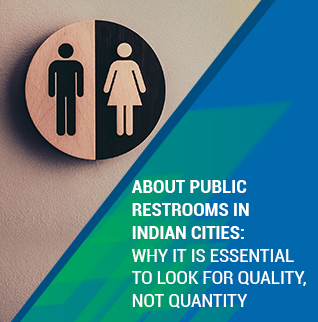


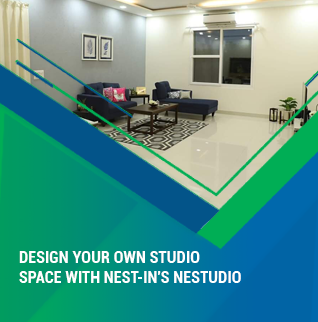






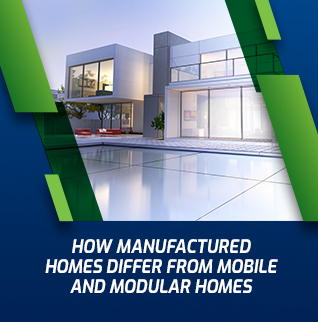





























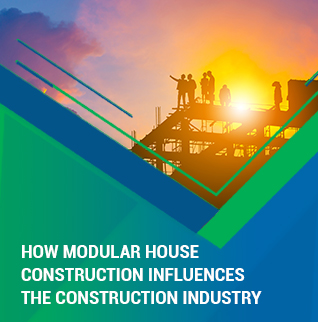
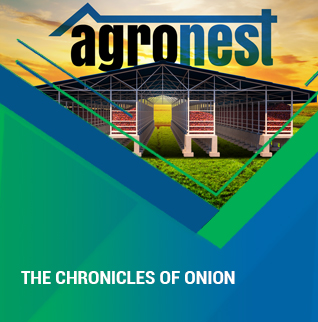


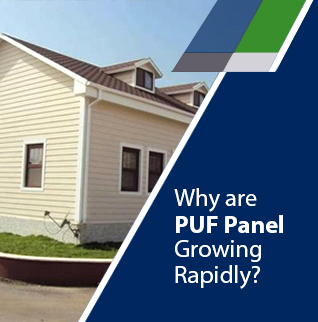




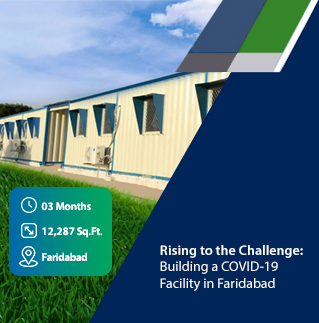











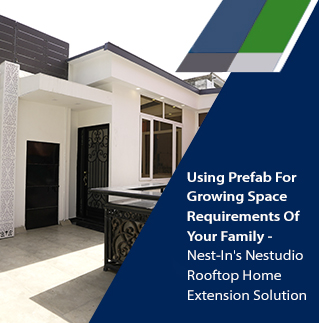
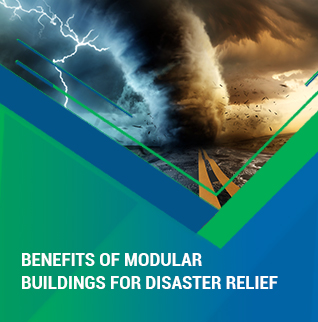
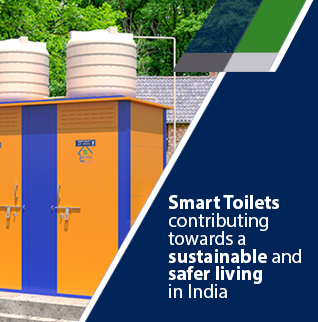






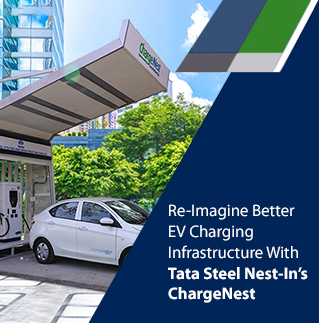

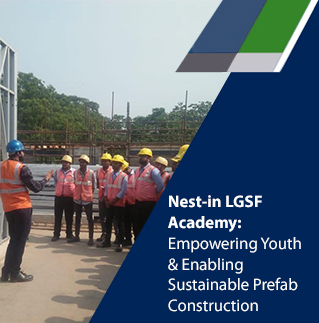



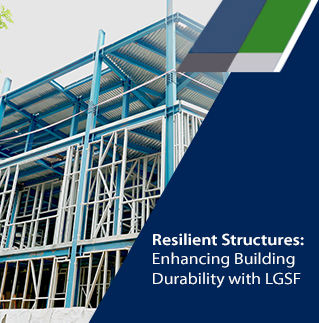


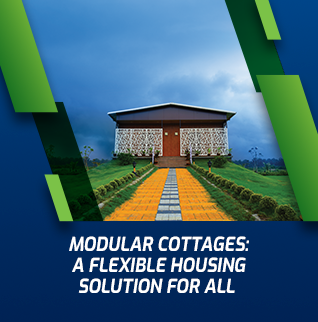













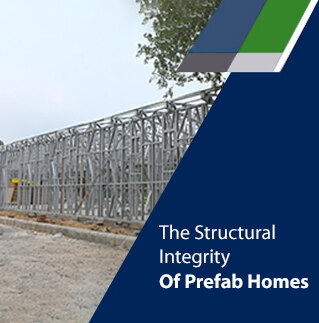













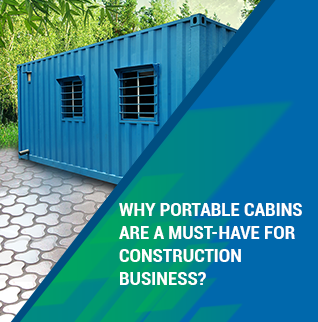

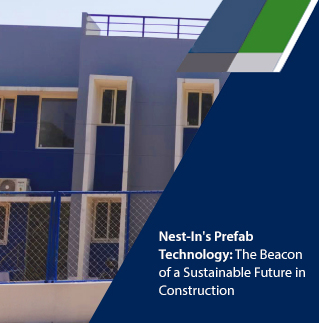


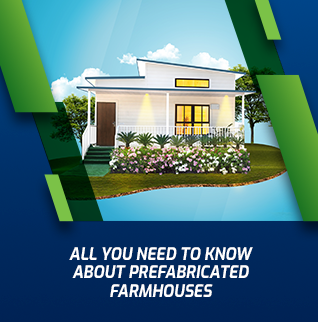



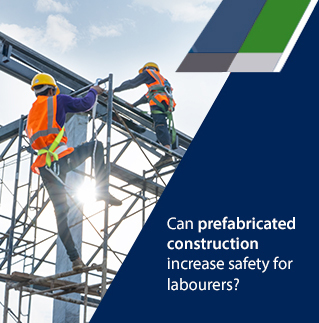
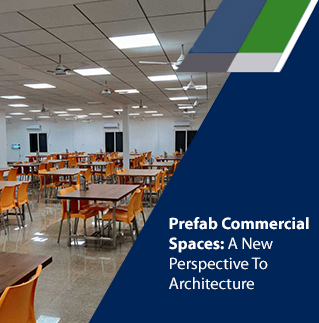













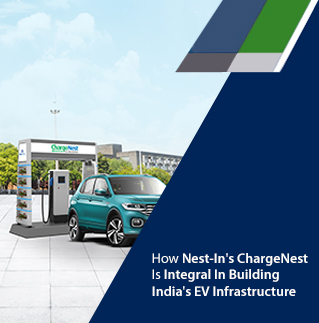



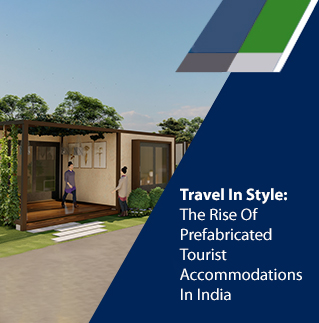


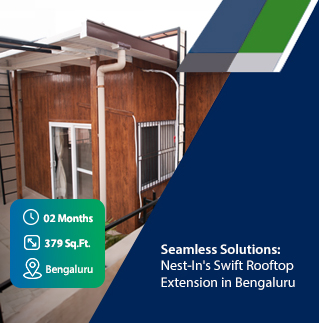


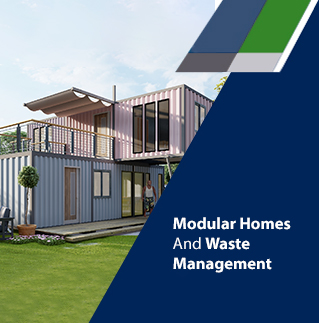










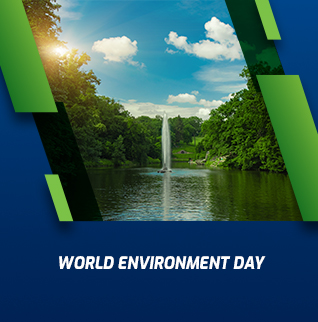



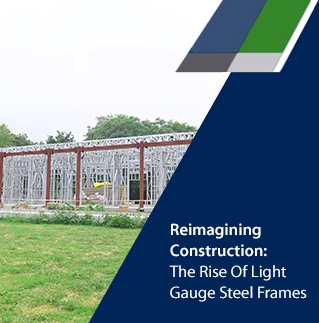















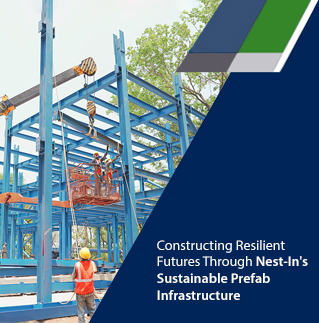



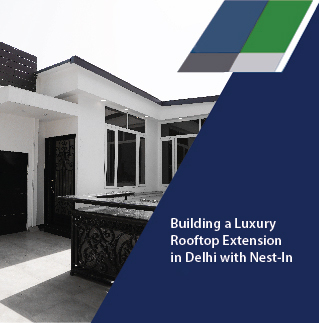









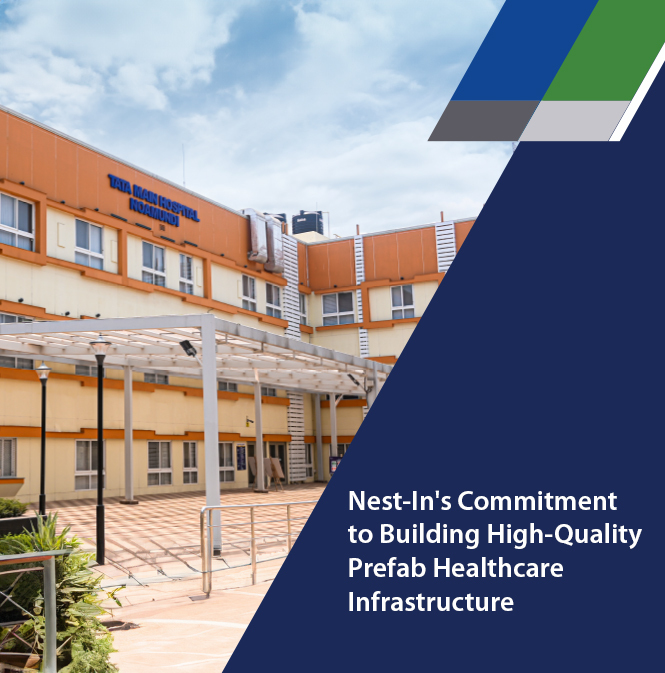
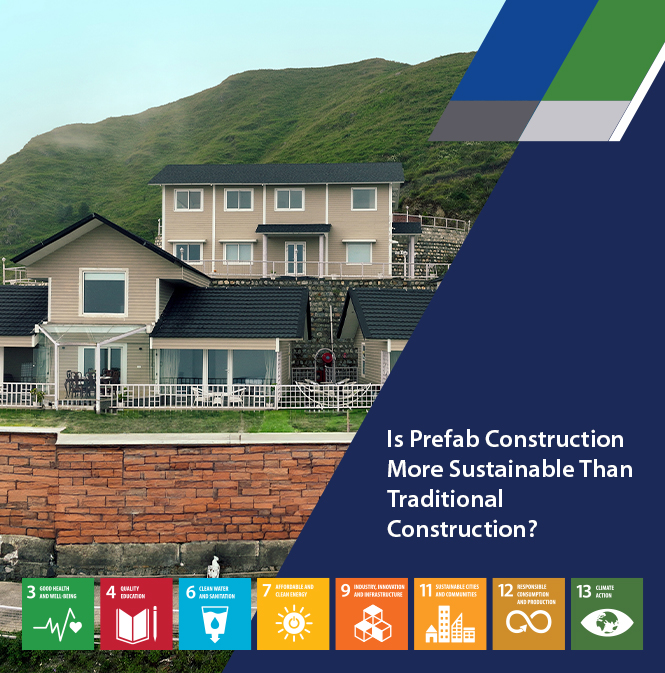

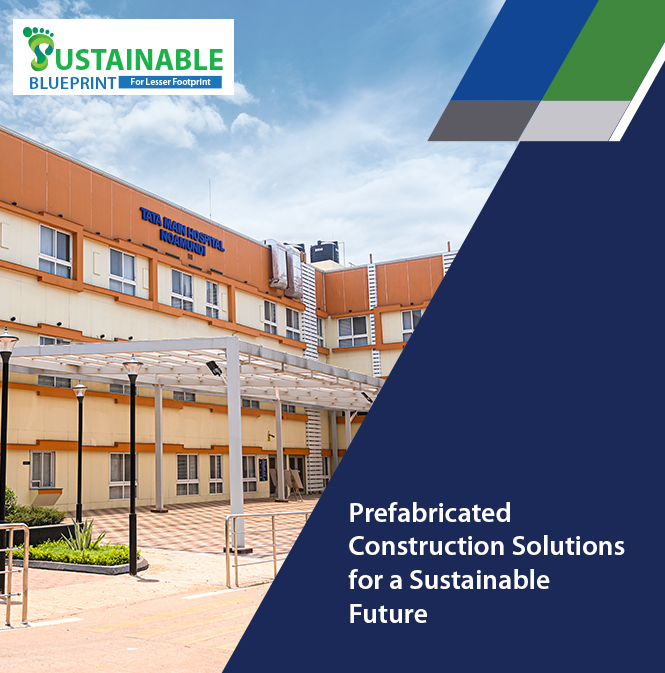




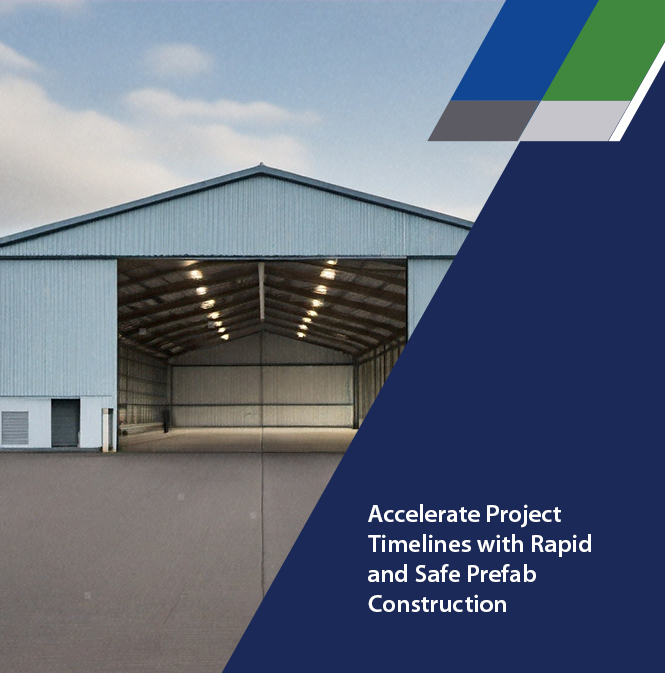
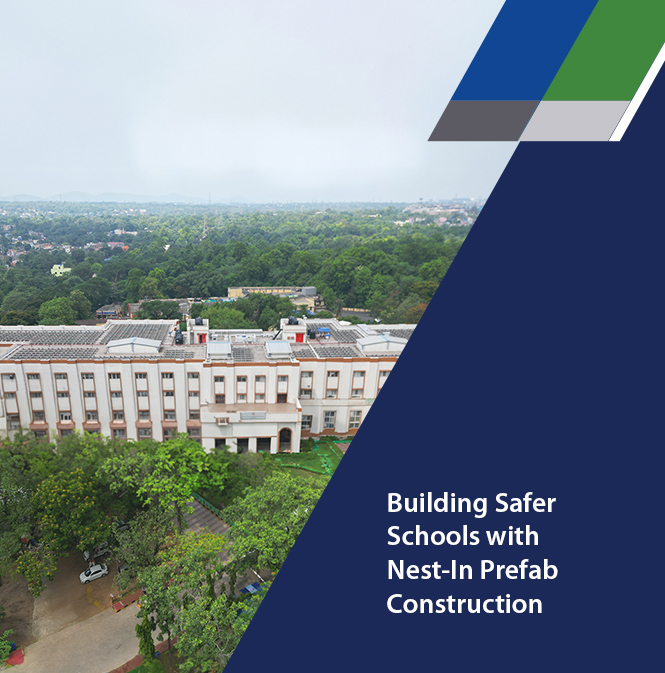




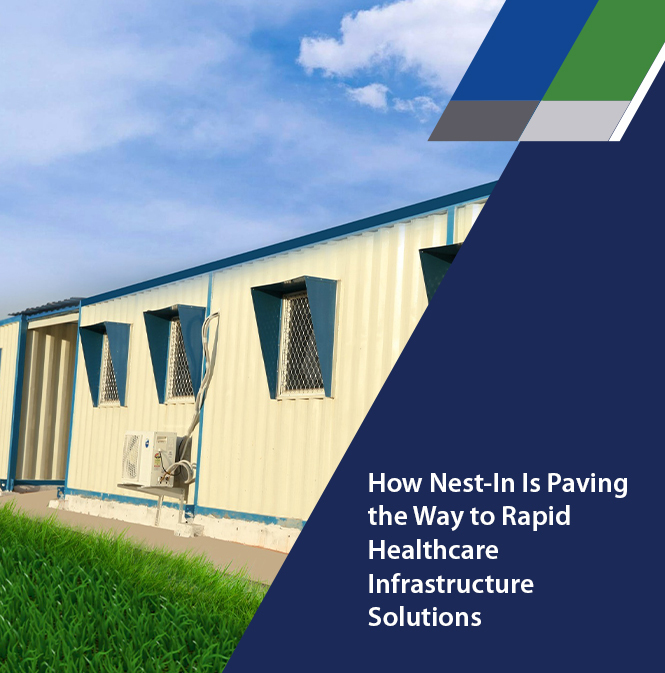
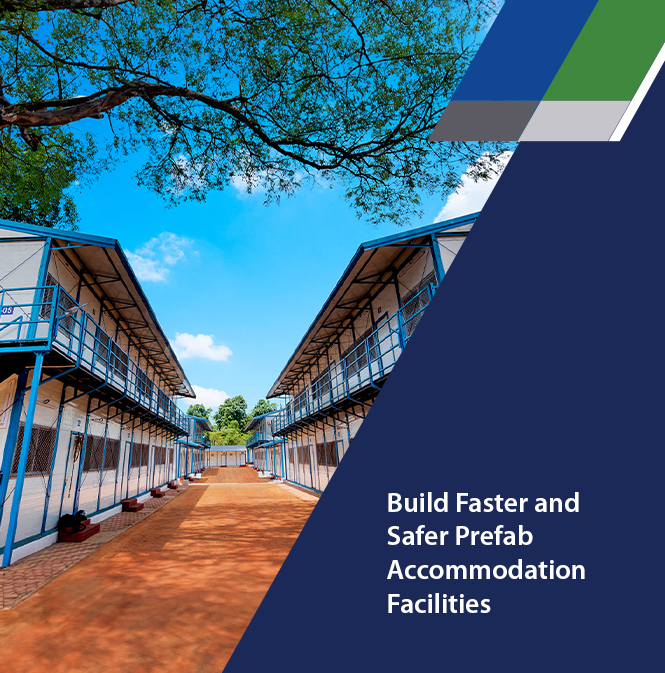
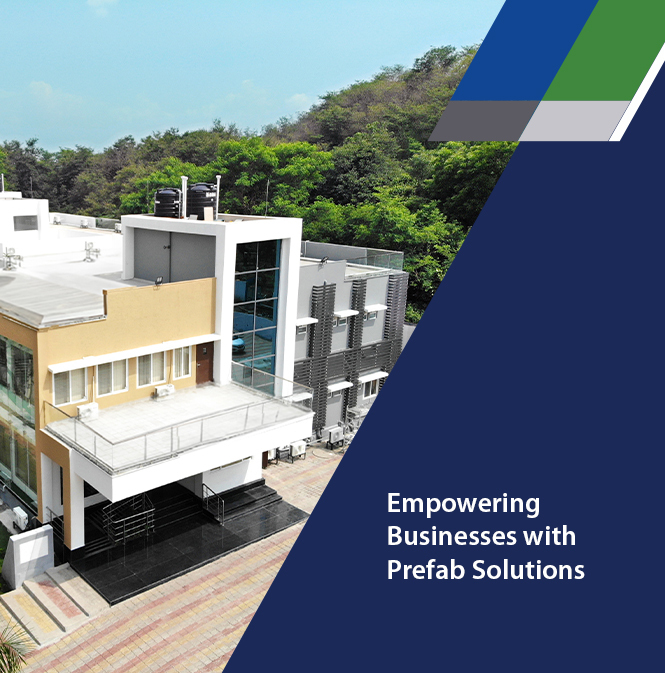




Add comment